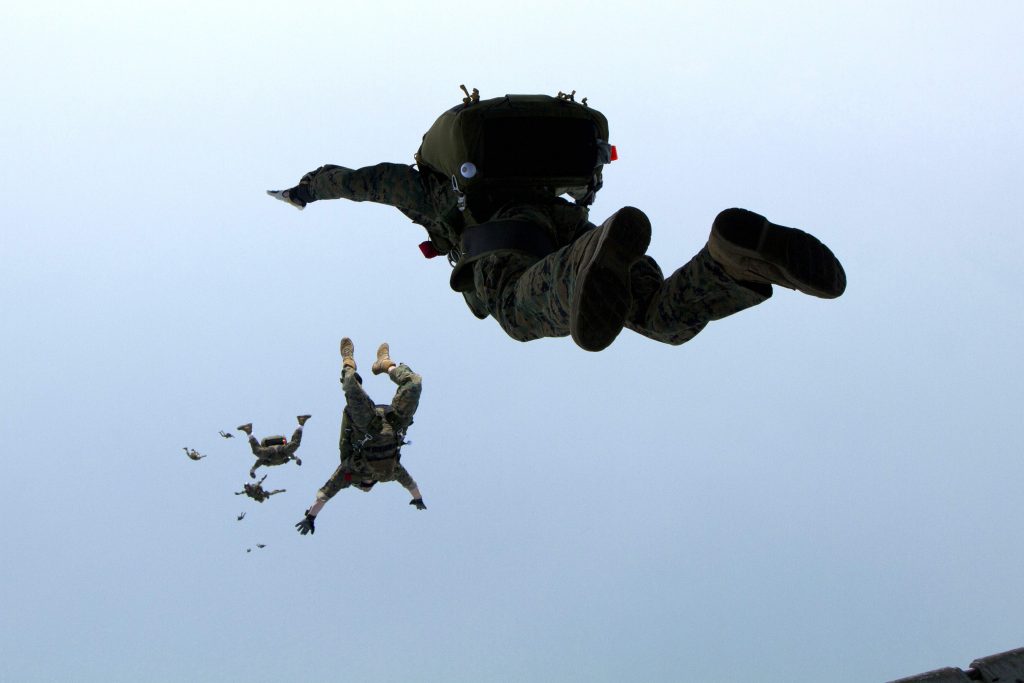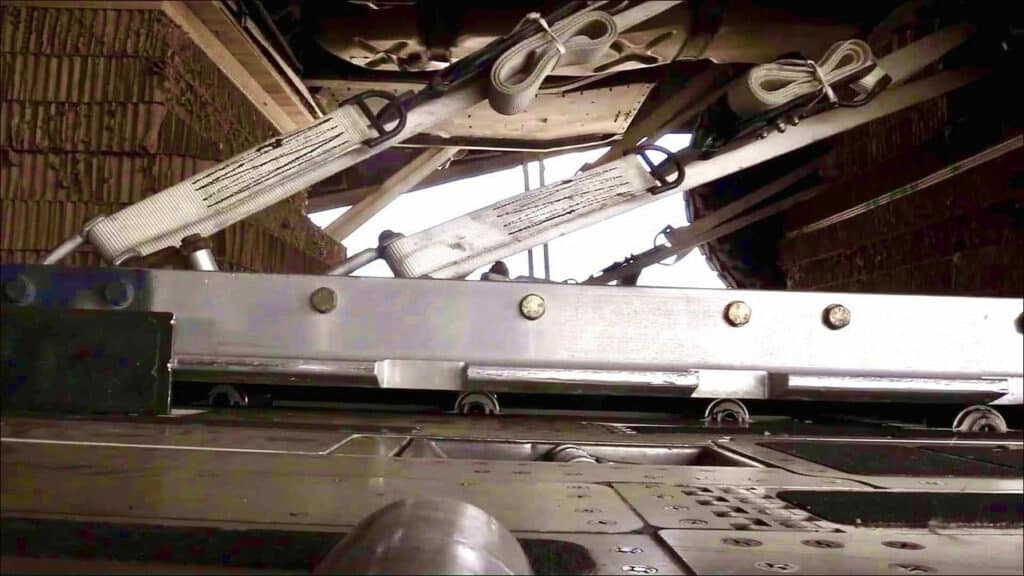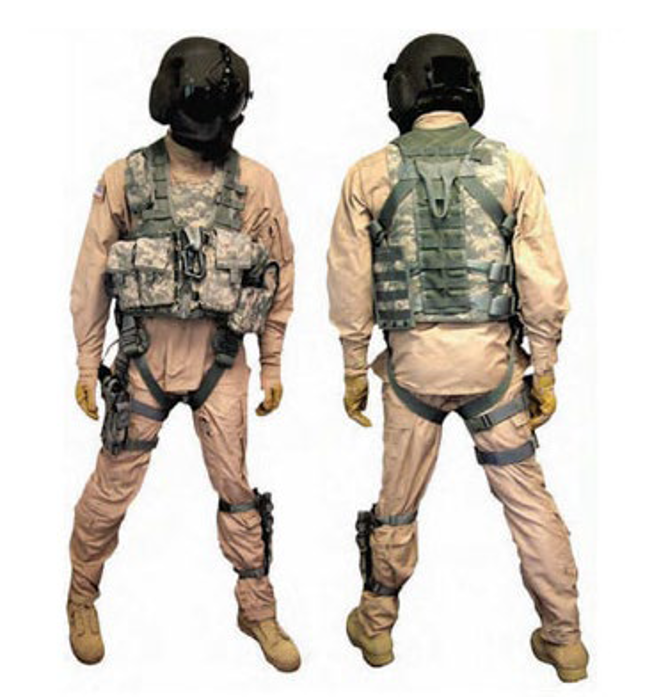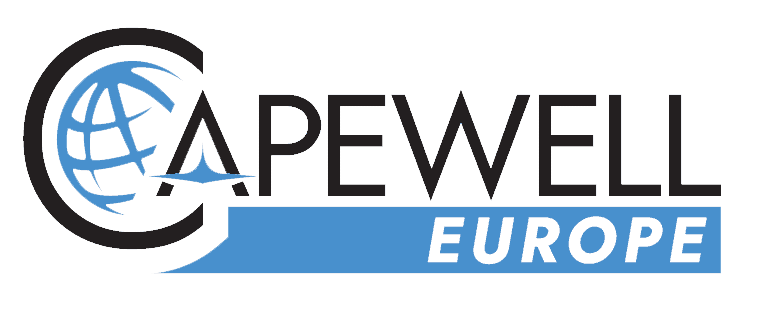Protective military gear of any kind is designed to withstand some of the most demanding and challenging conditions, so it needs to be manufactured with precision and attention to detail. To meet the high-volume production needs of the Defense Community around the world, speed, quality, and efficiency are also mission-critical when it comes to manufacturing large quantities of best-in-class solutions that keep our warfighters safe and protected, regardless of the environment.
In this article, we’ll explore some of the ways that advanced sewing technology can play a role in meeting the needs of today’s next-generation protective gear and aerial delivery equipment.

Automation and advanced sewing technology allows us to produce a large selection of soft goods such as protective vests, harnesses, plate carriers, straps, tactical gear and other soft goods needed to secure equipment and protect our service men and women whether in training, contingency, crisis, or combat operations.
Advanced automation helps deliver against high-volume, high-precision product requirements.
The manufacturing of mission-critical military products is a complex task — one that gets amplified as the number of units, increases. Automation, specifically advanced sewing technology, has emerged as a valuable tool in meeting high-volume manufacturing requirements.
From protective vests, plate carriers, and pilot harnesses to parachutes and flotation, and everything in between, this technology provides a range of benefits, including improved quality control, faster production times, increased efficiency, and reduced costs.
1. Improved Quality Control
One of the biggest benefits of automated sewing technology is that it can perform precise and consistent stitching across large volumes, ensuring that each product meets even the most demanding and rigorous specifications before it ships to customers.
Using sensors and computerized controls, this technology can monitor stitching quality and size, as well as detect any defects in the quality of the stitch itself. In fact, in many cases, built-in automated inspection systems can also help detect any defects or abnormalities in the fabric that might go unnoticed by the naked eye. This can help manufacturers identify issues early in the production process and make adjustments to ensure a high-volume order is delivered on time and according to specifications. By identifying and addressing quality issues as they come up, companies can save money on production and materials costs, as well as reduce the need for costly recalls or product returns.
And with advanced sewing technology like the kind used at Capewell, we can more easily update the specifications in the system to accommodate custom orders without compromising quality, price, or speed to market.

High-strength straps are mission-critical when it comes to securing heavy equipment such as vehicles and supplies. Advanced sewing technology ensures the stitching is consistent and correct, even in large quantities.
2. Faster Production Times
Quick turnaround timelines are often important in defense contracts because these agencies can suddenly have a more pressing need for the products or services being procured. For example, the Military may need equipment or supplies to support ongoing operations, or it may need an influx of additional supplies in response to a real-time crisis situation that emerges, such as a sudden deployment to support defense operations around the world.
Advanced sewing technology, like what’s used to manufacture many of Capewell’s sewn good products, automates tasks that were previously done manually, such as material handling, cutting, and assembly. This increases the speed at which products can be produced and improves a manufacturer’s ability to hit key milestones and dates important in government and defense contracts.
Additionally, this kind of automation allows for ongoing, continuous production which reduces the need for downtime and maintenance. Automation can help increase overall operational efficiency, leading to faster delivery times and lower costs — which is particularly important for high-volume, quick-turn mission-critical military products, where any delays or disruptions can have significant consequences.

Manufacturing products like the Primary Survival Gear Carrier (PSGC), requires quick turnaround times without compromising quality or attention to detail. Using advanced sewing technology, we can produce large quantities of this durable and functional aviation combat vest that meet the high standards required for military use.
3. Increased Efficiency and Productivity
Increasing efficiency and productivity can help manufacturers make better use of their resources, including time, money, and personnel. Manufacturers, like Capewell, who use automation to increase efficiency and productivity can gain a competitive advantage by offering lower prices, more operational flexibility, increased customization capabilities, or higher-quality products or services.
By automating repetitive tasks, such as stitching, material handling, cutting, and assembly, manufacturers can remove the bottlenecks associated with manual production and increase capacity, allowing for larger production runs without increasing delivery times. Additionally, automation allows organizations like ours to scale production quickly as circumstances change – such as a sudden deployment of troops needing additional equipment. This can be particularly important for high-demand, mission-critical military products such as protective vests, harnesses, plate carriers, and other soft goods, where large quantities may be required at any given time.
4. Reduced Labor Costs
Automated systems that perform repetitive tasks, such as stitching, can reduce the overall need for manual labor. It also reduces the time it takes an individual person to complete the same task a machine can do in a fraction of the time. This reduction in “human capital” can lead to lower pricing for customers and increased profitability for manufacturers, especially when it comes to high-volume production runs.
Additionally, automated systems can operate 24/7, without the need for breaks or downtime, so manufacturing operations can continue around the clock. And replacing routine tasks with machines helps address labor shortages by allowing manufacturers to make products with fewer employees.
Capewell incorporates advanced automation to deliver on its commitment to quality.
Advanced sewing technology can play an important role in meeting manufacturing requirements by improving quality control, reducing production times, increasing efficiency and productivity, and reducing labor costs.
For more than two decades, Capewell has consistently invested in manufacturing infrastructure and sophisticated advanced automation systems needed to deliver high-quality high-speed, high-precision material handling and assembly. Over the last decade, we’ve produced more than 55,000 U.S. Survival Gear Carriers and more than 65,000 associated and ancillary soft goods products. In fact, our manufacturing plants are capable of producing an average of 3,800 high-precision, high-quality systems per month.
As a Small Business Administration licensed Small Business Investment Corporation-backed small business, we’re committed to material and workforce investments to meet delivery threshold and objective capacities. Our quality is unsurpassed. We are AS9100 certified in our Connecticut facility, and recently successfully completed our final stage AS9100 audit in our Virginial facility, resulting in certification and proving our dedication and adherence to quality products throughout the Company.

